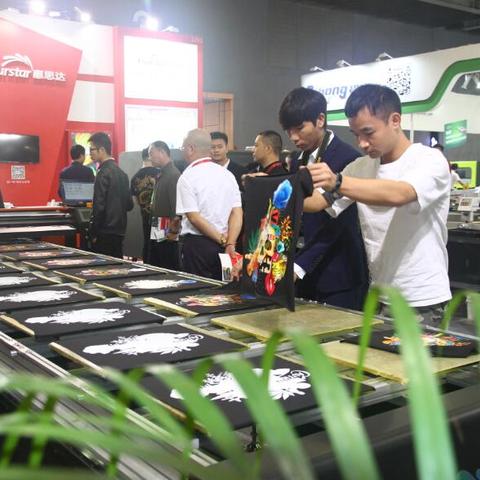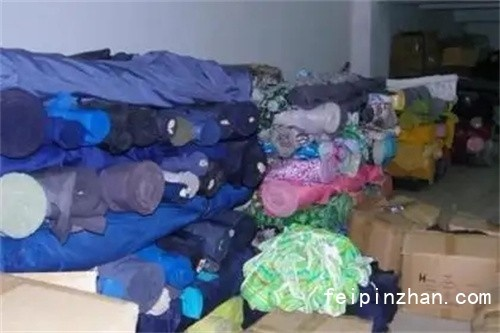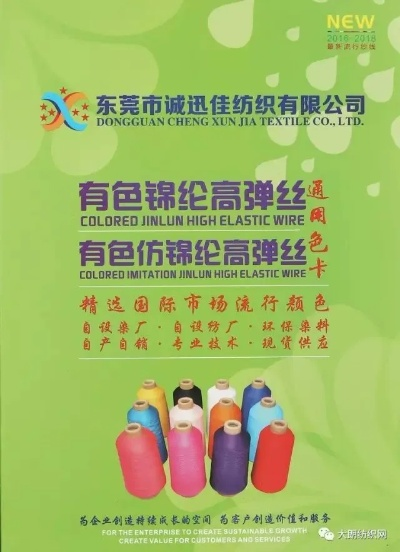Essential Guide to Using Textiles:A Comprehensive Overview
This comprehensive guide to textiles is designed to provide readers with a thorough understanding of the various types, applications, and techniques used in textile production. The guide covers topics such as the history of textiles, materials used in their production, and the different processes involved in creating textile products. It also provides an overview of the different types of textiles, including woven, knitted, and embroidered fabrics, as well as their uses and benefits. Additionally, the guide covers topics such as dyeing and finishing techniques, which can help textile producers enhance the appearance and durability of their products. Overall, this essential guide provides a valuable resource for anyone interested in the world of textiles.
Introduction Textiles are an integral part of our daily lives, from clothing and furnishings to industrial materials. The proper use of textiles not only ensures their longevity but also contributes to a comfortable living environment. In this guide, we will explore the various ways in which textiles can be used, including their applications, care instructions, and potential issues to avoid.
Applications of Textiles Textiles come in a variety of shapes, sizes, and materials, each with its unique properties that make them suitable for specific purposes. Here are some examples:
-
Clothing: Textiles are essential for creating warm and comfortable clothing for both humans and animals. Cotton, polyester, and wool are popular choices for clothing due to their breathability, durability, and softness.

-
Home Decor: Textiles are used in a wide range of home decor items, from curtains and rugs to wall hangings and tablecloths. Linen, silk, and cotton are popular choices for these items due to their natural beauty and comfort.
-
Industrial Materials: Textiles are used in a variety of industries, such as construction, transportation, and manufacturing. Polyester and nylon are commonly used in these applications due to their strength and resilience.
-
Medical Supplies: Textiles are used in medical supplies such as surgical gowns, gloves, and masks. These items need to be sterilized and disinfected regularly to prevent the spread of germs.
Care Instructions for Textiles Proper care is essential for maintaining the quality and lifespan of textiles. Here are some tips on how to care for different types of textiles:
-
Clothes: Wash clothes in cold water using mild detergent and gentle cycle. Avoid using bleach or fabric softeners as they can damage the fibers. Hang or lay flat to dry, avoiding direct sunlight.
-
Home Decor: Vacuum regularly to remove dust and debris. Avoid using harsh chemicals on fabrics, such as bleach or ammonia, as they can damage the fabric.
-
Industrial Materials: Follow the manufacturer's instructions for cleaning and maintenance. Some materials may require special handling, such as oil-based paints or heavy machinery, which should be handled by professionals.
-
Medical Supplies: Disinfect surgical gowns and gloves regularly using a disinfectant solution. Ensure that all equipment used in the hospital is properly sterilized before use.
Potential Issues to Avoid It's important to be aware of potential issues that may arise when using textiles. Here are some common problems and solutions:
-
Fabric Damage: Overwashing or overuse can cause fabric damage, leading to wear and tear. Regular washing and ironing can help extend the lifespan of textiles.
-
Stains and Spots: Stains can be caused by spills, food stains, or dye transfer. Use appropriate cleaning methods and spot treatments to remove stains before washing.
-
Moth Infestation: Moths can damage textiles by eating away at the fibers. Keep textiles stored in airtight containers and avoid exposing them to high humidity levels.
-
Fire Hazards: High-flammability textiles, such as polyester and nylon, should be stored in a cool, dry place away from open flames. Always follow safety guidelines when working with textiles.
Conclusion Textiles play a crucial role in our lives, from personal comfort to industrial efficiency. By understanding their applications, care instructions, and potential issues, we can ensure that textiles are used effectively and sustainably. Remember to follow the care instructions provided in this guide to keep your textiles in top condition for years to come.
大家好,今天我们将通过一张纺织品使用说明图片,为大家介绍如何正确使用纺织品,下面是一份英文口语化内容,供您参考。
纺织品使用说明图片详解

纺织品类型与用途
(在此图片中展示各种不同类型的纺织品,如棉质衣物、丝绸衣物、羊毛衣物等,并简要介绍其用途,如保暖、舒适、美观等。)
洗涤与保养
(详细说明洗涤和保养纺织品的方法,包括正确的洗涤剂选择、洗涤温度和时间、晾晒方式等。)
洗涤剂:推荐使用温和的洗衣液,避免使用漂白剂或强酸强碱洗涤剂。 洗涤温度:建议使用温水或冷水洗涤,避免使用过热的水或强烈阳光直射。 晾晒方式:建议将衣物平铺在通风处晾晒,避免暴晒或高温烘干。
使用注意事项
(强调在使用纺织品时需要注意的事项,如避免接触化学物质、避免长时间折叠或折叠过度等。)
避免接触化学物质:避免将纺织品与化学物质接触,如香水、化妆品等。 避免长时间折叠:避免过度折叠或挤压纺织品,以免损坏纤维结构。
英文案例说明
以下是一个英文案例,以帮助大家更好地理解纺织品的使用说明:
如何正确使用羊毛衣物
(展示一张羊毛衣物的使用说明图片,旁边附上详细的洗涤和保养步骤。)
选择合适的洗涤剂和温度,推荐使用温和的洗衣液,并选择温水或冷水进行洗涤。 步骤二:按照衣物标签上的清洗指示进行操作,将衣物平铺在通风处晾晒,避免暴晒或高温烘干。 步骤三:注意避免过度折叠或挤压,以免损坏纤维结构。
补充说明表格
以下是关于纺织品使用说明的补充说明表格:
| 纺织品类别 | 使用说明 | 注意事项 | 示例步骤 | 洗涤与保养建议 | 相关案例 |
|---|---|---|---|---|---|
| 棉质衣物 | 清洁方法:温和手洗,避免用力搓揉 | 避免接触化学物质 | 选择合适的洗涤剂和温度。 | 选择温和洗衣液,温水或冷水清洗。 | 示例:某品牌棉质衣物洗涤指南 |
| 丝绸衣物 | 清洁方法:干洗或手洗 | 注意避免高温烘干 | 按照衣物标签上的清洗指示进行操作。 | 平铺在通风处晾晒。 | 丝绸衣物保养指南 |
| 羊毛衣物 | 注意避免接触化学物质 | 注意避免长时间折叠或过度折叠 | 注意避免过度折叠或挤压,以免损坏纤维结构。 | 选择温和洗衣液,按照标签指示进行操作。 | 羊毛衣物保养案例 |
| 其他注意事项 | 注意避免阳光直射和高温烘干等不良环境 | 注意保持干燥通风等环境条件 | 更多注意事项信息 |
通过这张纺织品使用说明图片和英文口语化内容,我们为大家提供了关于纺织品正确使用的指导,在使用纺织品时,需要注意选择合适的洗涤剂和温度、遵循正确的洗涤和保养步骤、注意避免接触化学物质、注意保持干燥通风等环境条件等,我们也提供了相关的英文案例说明,以便大家更好地理解和应用这些指导,希望这份内容能够帮助大家更好地使用纺织品,提高生活质量。
Articles related to the knowledge points of this article:
Protecting Your Home with the Power of Antimicrobial Guangzhou Textiles



